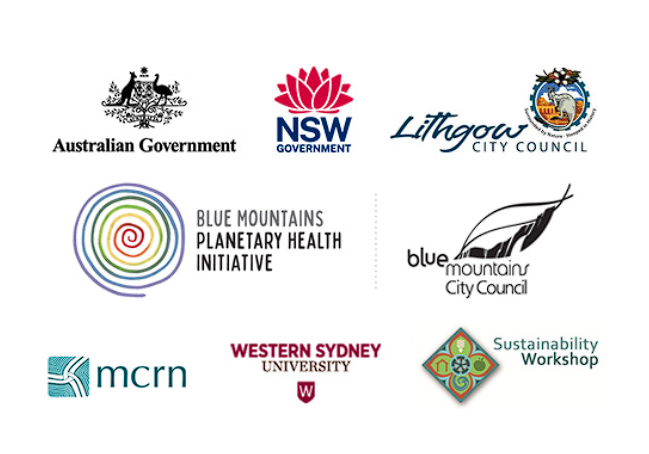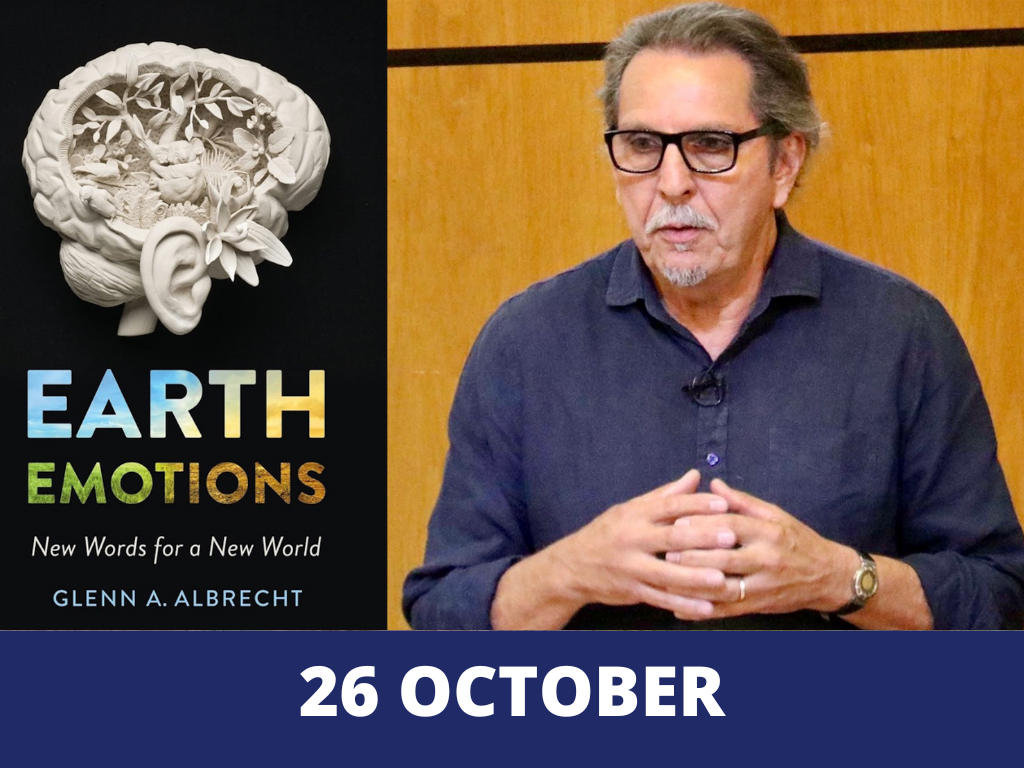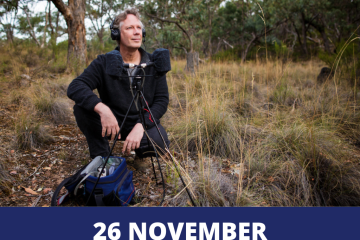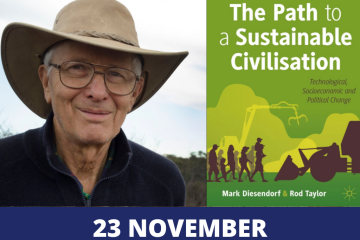
Dr Glenn Albrecht:
Exiting the Anthropocene and Entering the
Symbiocene
6.45 for 7pm Thursday 26 October
National Parks & Wildlife Meeting Room
Acacia St Katoomba
FREE EVENT
Registration essential here
For more information ring Lis on 0407 437 553 or email planetaryhealth@bmcc.nsw.gov.au
To move beyond the Anthropocene, the geological epoch in which humanity’s imprint is evident in the actual geology of the earh, Dr Glenn Albrecht, author of ‘Earth Emotions’, is proposing we develop the concept of the Symbiocene: the next geological epoch in which we live in a symbiotic relationship with one another and the rest of the natural world.
Glenn A. Albrecht is an Honorary Associate in the School of Geo-sciences, The University of Sydney, New South Wales, Australia. He retired as Professor of Sustainability, Walter Murdoch University, in mid-2014. He continues to work as an environmental philosopher and published a book, Earth Emotions, with Cornell University Press in 2019. Earth Emotions was published in French and Spanish in 2020.
In numerous publications and public talks over the last two decades, Dr Albrecht has developed the theme of the psychoterratic (psyche-earth), or negative and positive emotional states connected to the state of the Earth. New concepts, developed by him, are now becoming well established in the international scholarly literature, new research theses and as inspiration for many creative people in the arts and music.
He describes himself as a ‘farmosopher’, combining thinking and writing with growing food and protecting a haven for wildlife. While he is best known for creating the concept of solastalgia, or the lived experience of negative environmental change, his most recent work develops the mega-meme of the ‘Symbiocene’, a future state where humans re-integrate with the rest of nature. A book of that title should be completed and published by the end of 2024.
This workshop has been made possible as part of a Bioregional Collaboration for Planetary Health and is supported by the Disaster Risk Reduction Fund (DRRF). The DRRF is jointly funded by the Australian and New South Wales governments.




